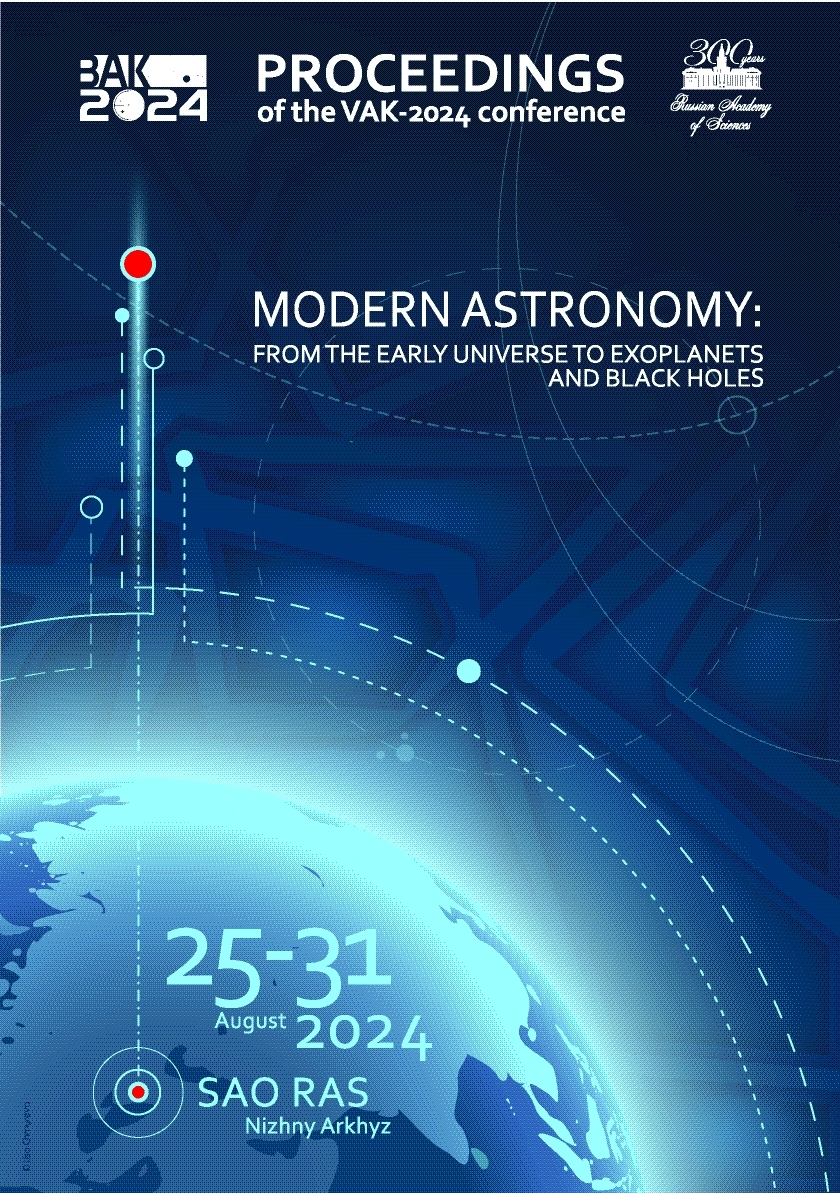Saint-Petersburg State University
УДК 53 Физика
УДК 520 Инструменты, приборы и методы астрономических наблюдений, измерений и анализа
УДК 521 Теоретическая астрономия. Небесная механика. Фундаментальная астрономия. Теория динамической и позиционной астрономии
УДК 523 Солнечная система
УДК 524 Звезды и звездные системы. Вселенная Солнце и Солнечная система
УДК 52-1 Метод изучения
УДК 52-6 Излучение и связанные с ним процессы
ГРНТИ 41.00 АСТРОНОМИЯ
ГРНТИ 29.35 Радиофизика. Физические основы электроники
ГРНТИ 29.31 Оптика
ГРНТИ 29.33 Лазерная физика
ГРНТИ 29.27 Физика плазмы
ГРНТИ 29.05 Физика элементарных частиц. Теория полей. Физика высоких энергий
ОКСО 03.06.01 Физика и астрономия
ОКСО 03.05.01 Астрономия
ОКСО 03.04.03 Радиофизика
ББК 2 ЕСТЕСТВЕННЫЕ НАУКИ
ББК 223 Физика
ТБК 614 Астрономия
ТБК 6135 Оптика
BISAC SCI004000 Astronomy
BISAC SCI005000 Physics / Astrophysics
The shape of the vast majority of small asteroids is unknown. There are only estimates of the average diameter obtained for them on the basis of absolute magnitude and albedo under a number of assumptions. To estimate the magnitude of perturbations in the rotational dynamics of an asteroid that arise when approaching the Earth by means of numerical modeling, it is necessary to know its moments of inertia, determined, among other things, by the shape of the asteroid. By conducting massive numerical experiments to simulate a close approach of an asteroid to the Earth, the influence of the figure's parameters on the magnitude of perturbations in the rotational dynamics of the asteroid was studied. It has been established that with very fast rotation (period $P < 1$ hour), even significant errors in knowledge of the asteroid's figure do not have a significant effect on the estimate of the magnitude of the perturbations. On the contrary, with a relatively slow rotation of the asteroid ($P > 5$ hours), inaccurate specification of the parameters of the asteroid's figure can lead to a significant underestimation of the perturbation values in numerical experiments. For example, for the asteroid Apophis ($P = 30.6$ hours), the error in the estimation of the rotational period after its close approach to the Earth in 2029 can be several hours, and the uncertainty in knowledge of the orientation of the rotational axis can be tens of degrees.
celestial mechanics; minor planets, asteroids: general; methods: numerical
1. Giorgini J.D., Benner L.A.M., Ostro S.J., et al., 2008, Icarus, 193, 1, p. 1
2. Lee H.-J., Ďurech J., Vokrouhlický D., et al., 2021, Astronomical Journal, 161, 3, id. 112
3. Lobanova K.S. and Melnikov A.V., 2024, Solar System Research, 58, 2, p. 208
4. Melnikov A.V., 2022, Solar System Research, 56, 4, p. 241
5. Pravec P., Scheirich P., Ďurech J., et al., 2014, Icarus, 233, p. 48
6. Scheeres D.J., Ostro S.J., Werner R.A., et al., 2000, Icarus, 147, p. 106
7. Sokolov L.L., Bashakov A.A., Borisova T.P, et al., 2012, Solar System Research, 46, 4, p. 291






